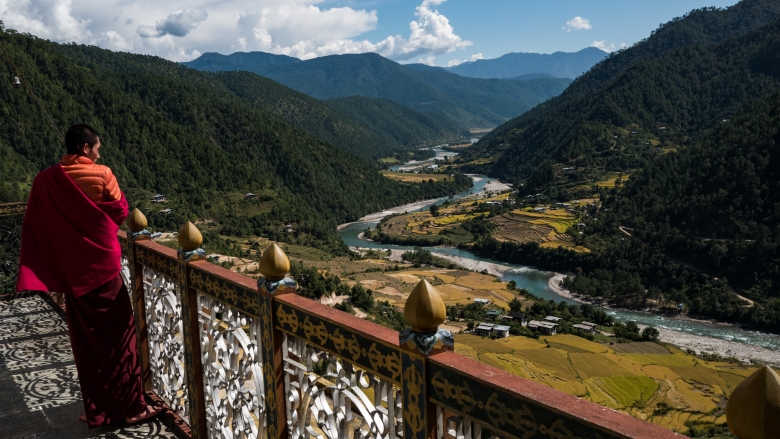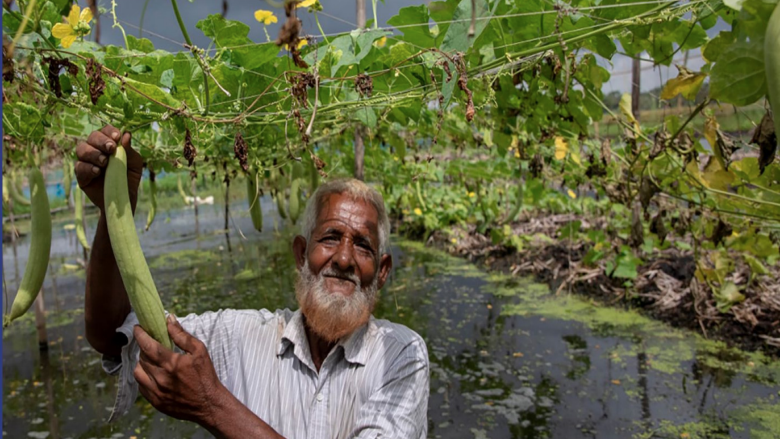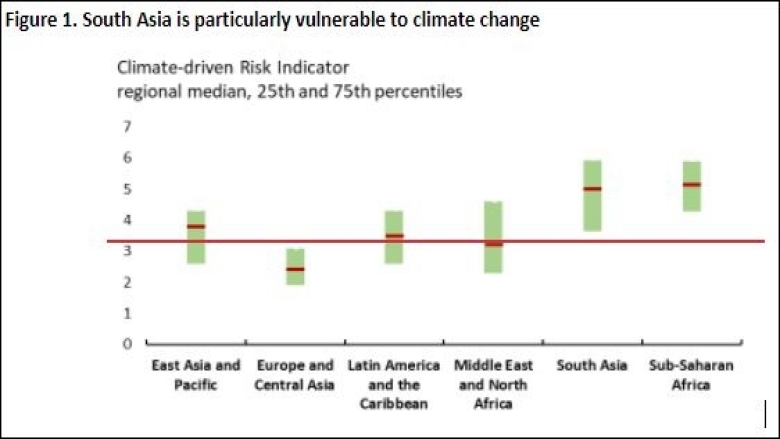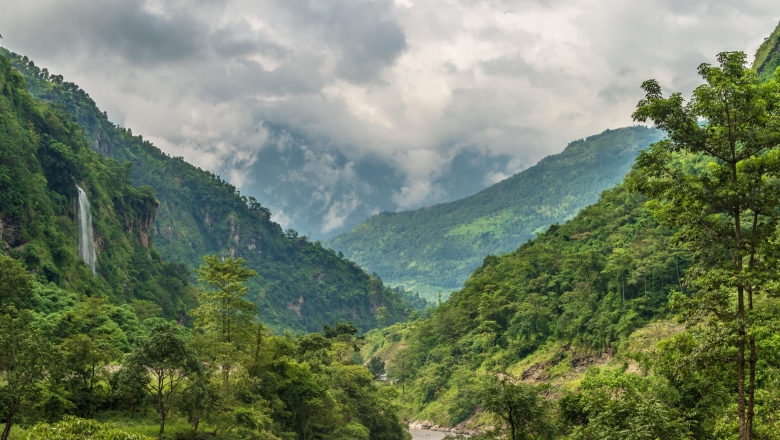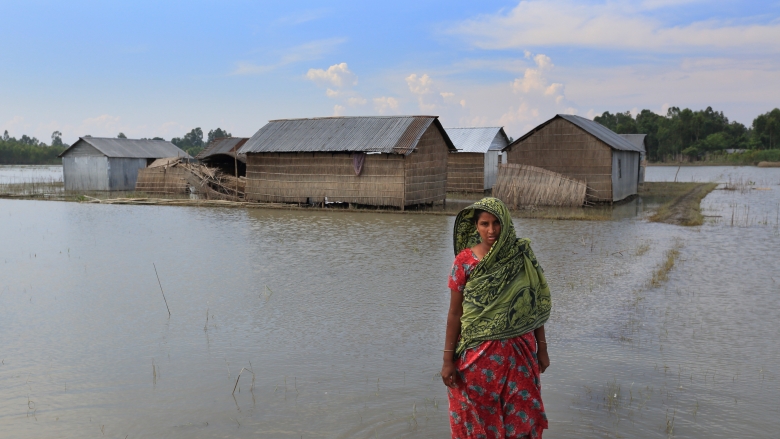“Whenever I hear of a new shelter being built or an existing one being repaired, I know there is still hope for our villages and for our families,” confesses Hasina Begum, Headmistress of a primary school in Bangladesh’s Barguna district, situated along the highly vulnerable 580 kilometers of coastline slammed unrelentingly with floods, tidal surges, and salinity each year. These result in an estimated average annual loss of around $3 billion or one-to-two percent of the nation’s GDP.
Hasina’s community is one of the beneficiaries of the Coastal Embankment Improvement Project (CEIP-1) and the Multipurpose Disaster Shelter Project (MDSP) worth $750 million, with the latter being the single largest program for disaster shelters in Bangladesh. Both these projects are financed by the International Development Association (IDA)—the World Bank’s fund that offers low-interest loans and grants to the world’s poorest countries. Thanks to a new repertoire of tools from the MDSP in the fight against tidal flooding and storm surges—namely cyclone shelters; polder systems or the strengthening of areas of low-lying land reclaimed from the sea; nature-based solutions; and early warning systems—the region has witnessed a 100-fold reduction in cyclone casualties. An estimated 333,000 citizens now have greater protection from climate disasters and 424,000 citizens have access to shelters in this nation of more than 166 million people, often the face of global climate change.
Across South Asia, IDA and the World Bank have boosted such efforts to build climate resilience and adaptation, doubling lending over the past five years to $2.1 billion in 2021. The South Asia Climate Roadmap lays out concrete steps as to how the World Bank will accelerate transitions in the critical areas of increasing incomes, reducing emissions, and building resilience in a rapidly warming region.
Roughly 2000 km away from Bangladesh in the Jashmoro district of Sindh, Pakistan, a historically water- stressed province, Allah Dino faces a different threat related to water’s wrath. Dino’s village has faced crippling droughts since 2015 and when it rains, it pours—literally—causing floods and destruction. “Water is our best friend and also our worst enemy,” muses Dino, seated by his well.
To lessen the impact of unpredictable rains in the village, a small recharge dam was built just in time for monsoon rains with funding from the World Bank’s IDA-financed Sindh Resilience Project, replenishing wells during monsoons and guaranteeing a steady supply of water for small scale arid farming and livestock rearing. Pakistan’s partnership with the World Bank in enhancing climate resilience has reached a high water mark with the Pakistan Hydromet and Climate Services Project, another IDA project geared toward providing the nation with more reliable and timely weather forecasting to strengthen disaster risk management efforts.
